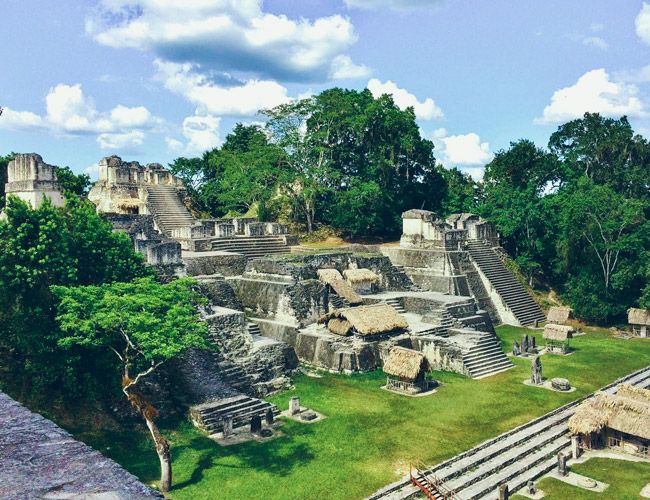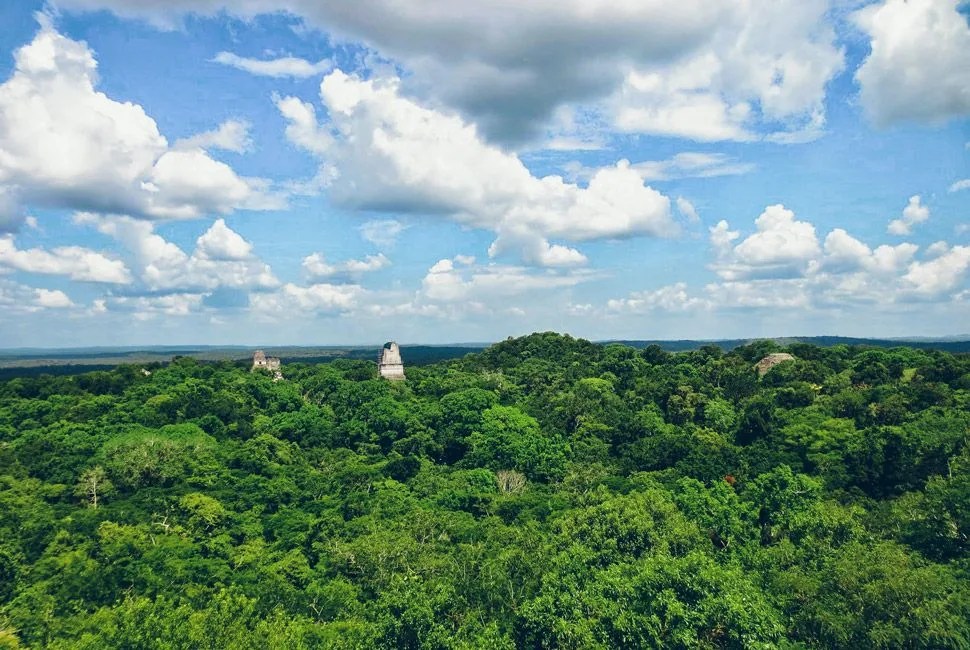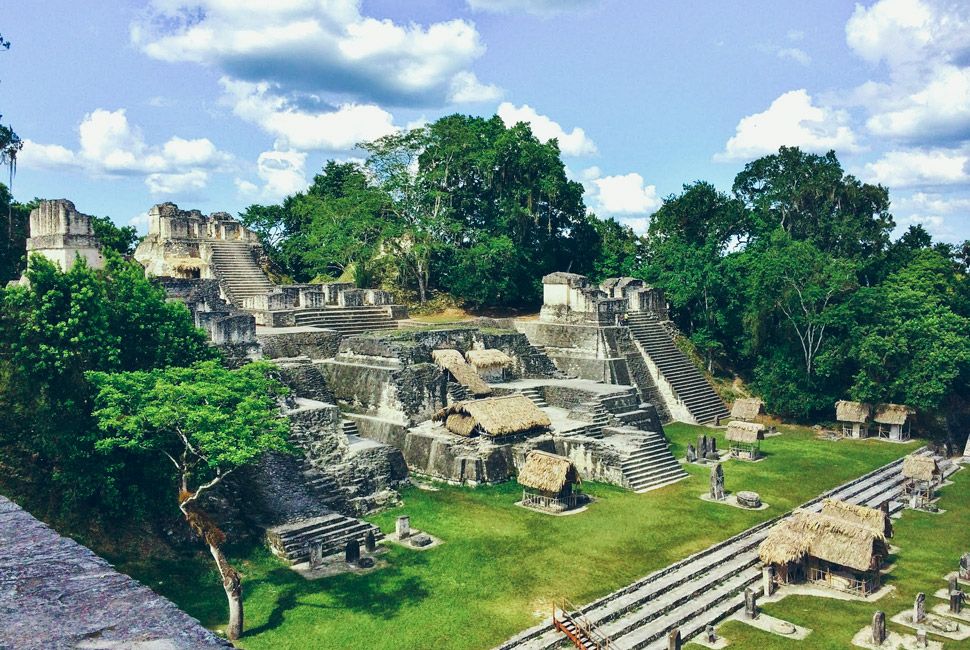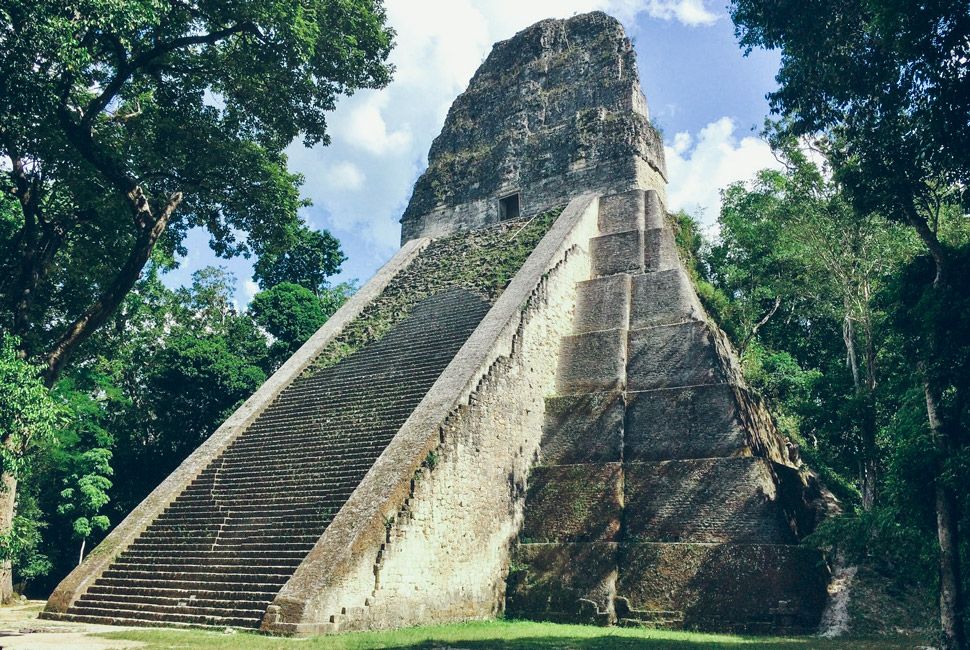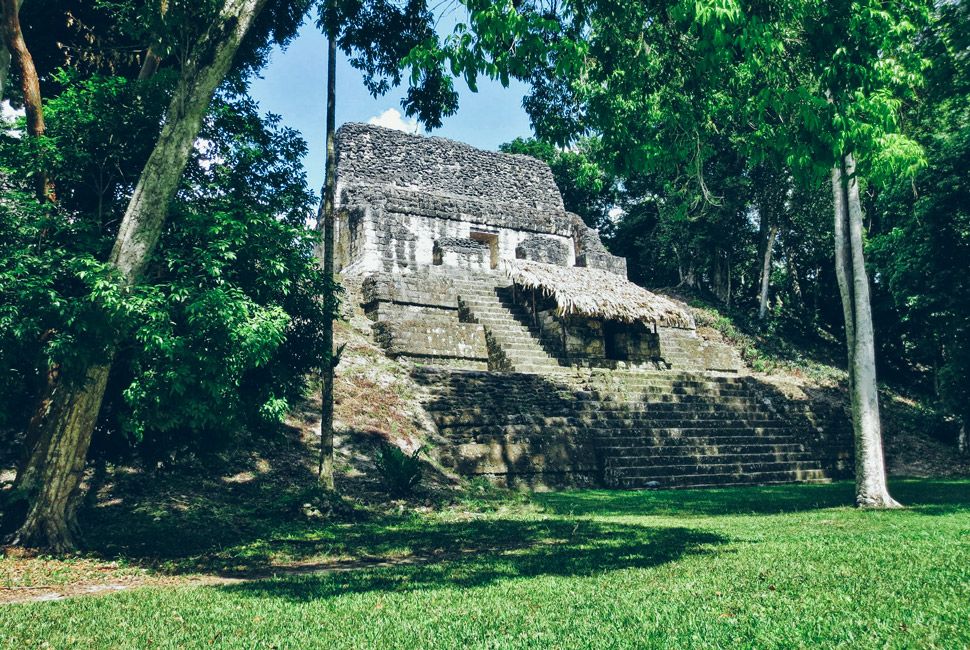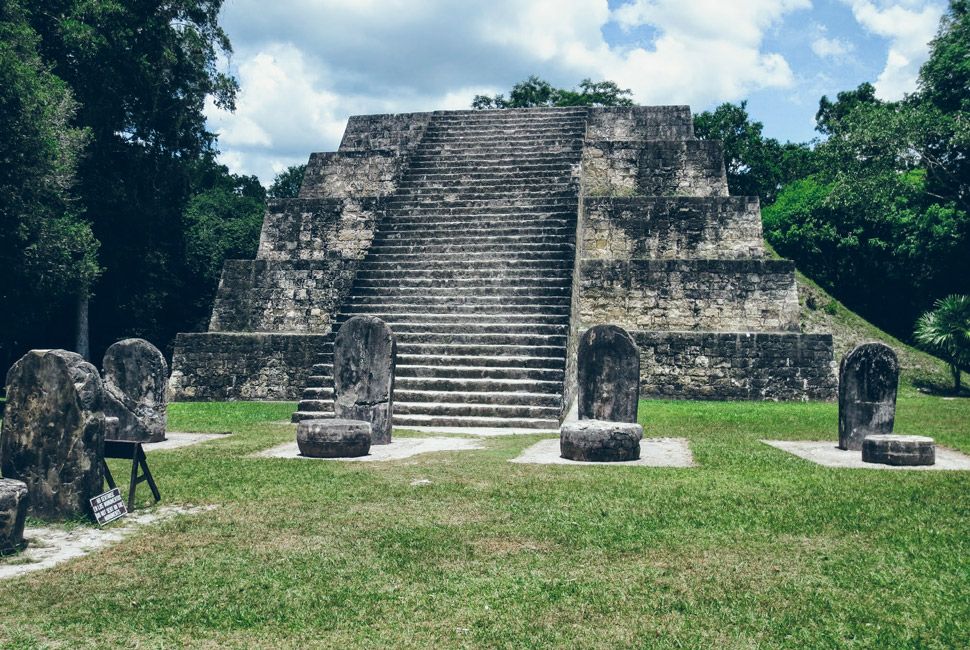5 photos
ROAD N✍TES
Editor’s Note: Nearly 200 miles north of Guatemala City, in the rainforest, lie the remains of the ancient city Tikal, the capital of one of the most powerful kingdoms of the Maya civilization. GP contributor Will McGough headed south for a visit.
As we walked through the jungle, I told everyone to be quiet. The canopy was thick overhead, home to colorful big-beaked toucans, howler monkeys, and armies of chatty cicadas. These are the sounds that people pay to replicate with machines in their bedrooms when they go to sleep at night, and there we were getting them all for free.
MORE NOTES FROM THE ROAD Dispatches from Cuba | A Key West Travel Guide | The Rainforest Music Festival
The remains of Tikal belong to the Mayans, Mesoamerica’s most influential civilization, which stretched from Central Mexico down through what is today Central America. Regardless of what you know about them as a people, you are certainly aware of them as timekeepers after all the drama their calendar brought about back in 2012. Established around 2,000 BC, the Mayan culture reached its peak about 2,500 years later, eventually collapsing during the 8th century. The cause is still not agreed upon. Some say it was because of the arrival of the Spanish. Others say it was drought.
Tikal’s ruins are said to have been first discovered back in 1848 when a couple of gum tree loggers stumbled upon some large stones hidden beneath the jungle floor in Northern Guatemala. Since then, the Guatemalan government has been unearthing the site little by little in a partnership with the University of Pennsylvania, mapping out the former Mayan community and developing the infrastructure that allows the public to access it today.
By infrastructure, I’m talking a parking lot, some souvenir stands, and a dirt road that leads to a series of trails. Walking the dirt road, it’s cool to understand that back then, there was no road. As we came out of the jungle at the base of Temple IV, the sounds of nature were replaced by human voices. Looking up, I could see their outlines standing at the top of Tikal’s highest temple, about 1,500 feet above the ground.
